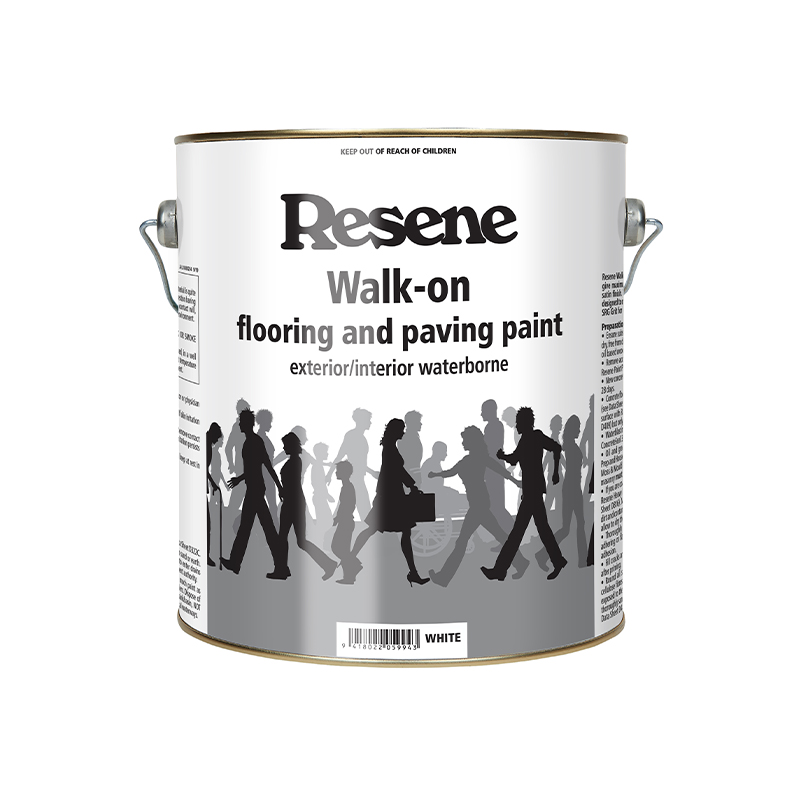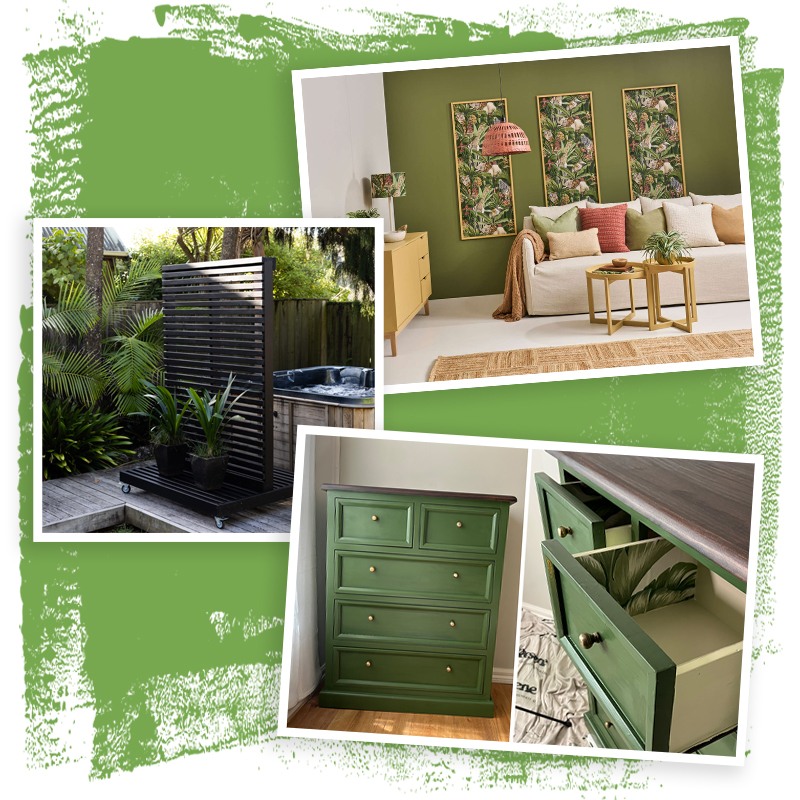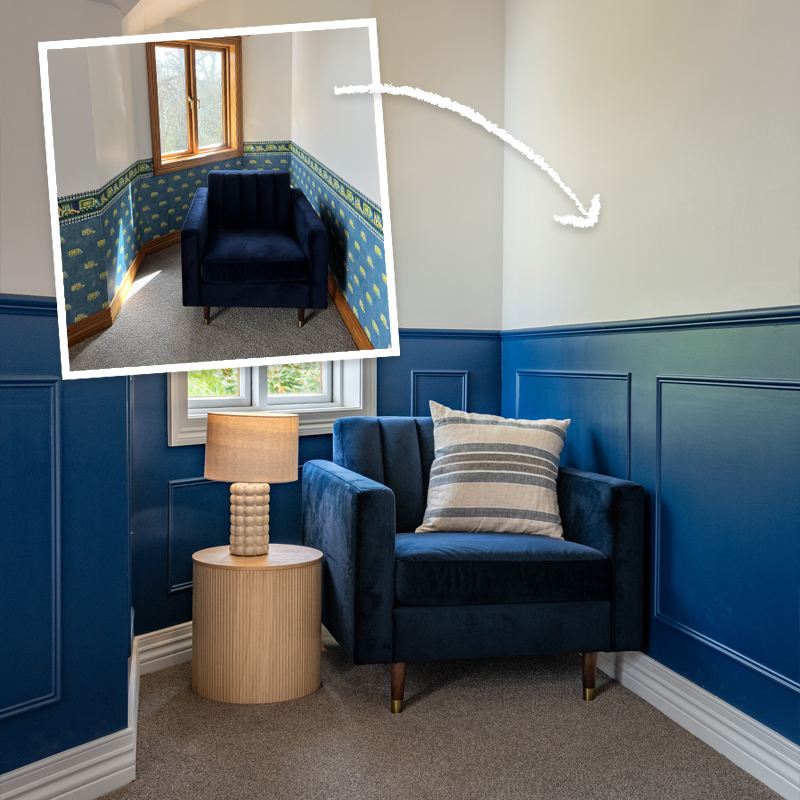Painting a wooden floor is a practical and cost-effective way to inject new life into a tired space. It’s a great option for a DIY project, because painting a floor is no harder or more time-consuming than painting walls. Updating your floor with paint is an easy way to help it blend in with a new colour scheme, or it can be the ideal stopgap while you save for a new floor. You can use any colour, but keep in mind that white or very light or dark colours tend to show dust more.
Resene paint expert Craig Hilliar says most wooden floors can be painted, but the condition of the existing floorboards will determine how much prep work is required. If the boards have a very hard solventborne finish or are in very poor condition, they may need sanding and a coat of primer or sealer before they can be painted.
“What you’re looking for is a sound surface that the paint can stick to,” says Craig. He highly recommends investing in good quality brushes and roller sleeves. “This will ensure you get plenty of paint pick-up as well as a good quality finish.” Resene ColorShops have friendly, well-trained staff who can advise on the best accessories to use.
Follow our Masterstroke by Resene guide to painting your timber floor. If your floor is in perfect condition and requires no major prep work, go straight to step five.














